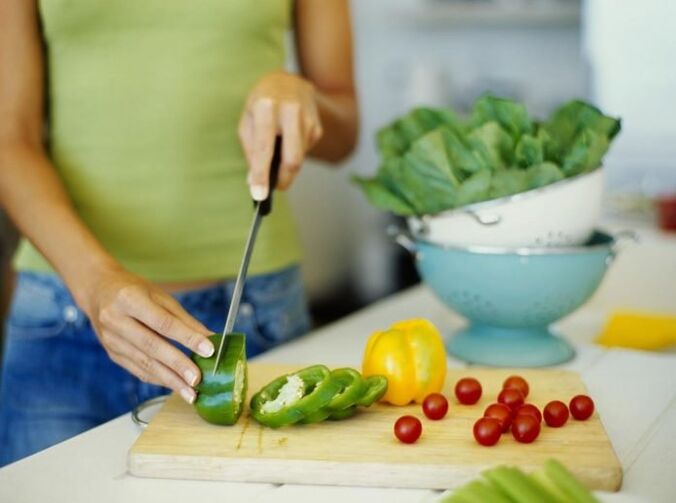
A hypoallergenic diet is recommended for all types of allergic reactions. The duration of such a therapeutic diet is determined by the degree of the allergic process.
The main objective of a hypoallergenic diet is to eliminate the causes of the disease, that is, to identify the food products that cause skin eruptions and to eliminate their harmful effects on the body.
Classic hypoallergenic diet

The classic diet is used during the period of manifestation of allergy. The duration of the general nonspecific diet is from a couple of weeks to two months.
The classic hypoallergenic method is based on the rule of exclusion of products considered highly allergenic:
- citrus;
- dairy products;
- fish;
- eggs;
- walnuts;
- honey;
- cocoa, chocolate, coffee;
- honey;
- red, orange fruits and vegetables.
There is a list of foods that can be consumed as part of the diet during the period of manifestation of the allergy. Among the allowed ingredients are various green fruits, vegetables, gluten-free cereals, dairy products.
What it is?
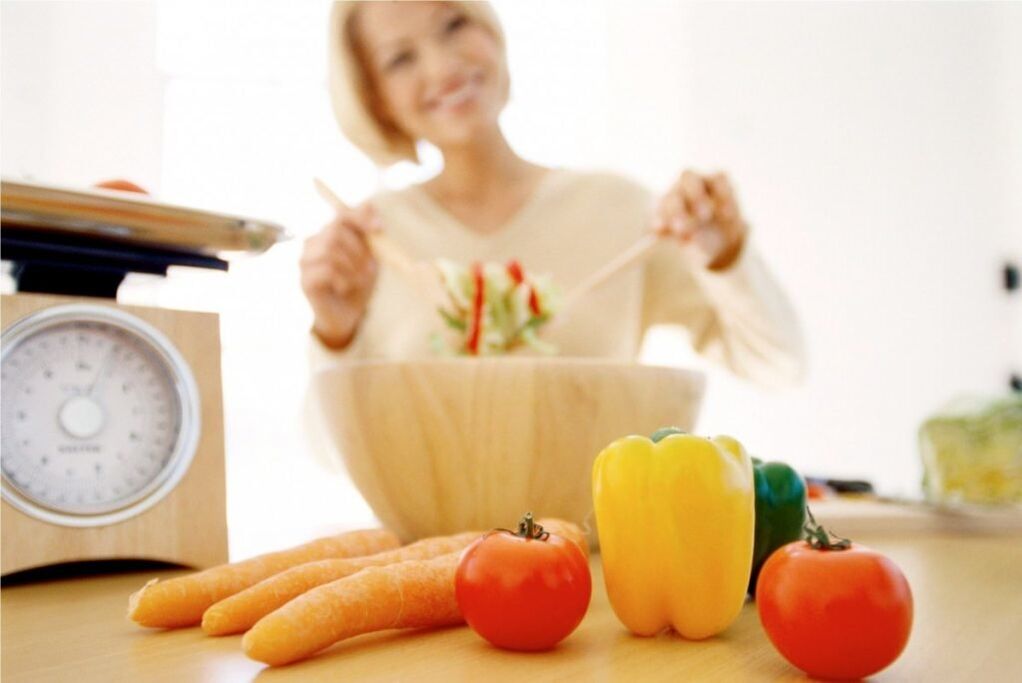
The use of a hypoallergenic diet consists ofin the rejection of certain products that cause allergiesInhumans. An allergy can be caused by a substance in one or more foods.
It is necessary to give up the products gradually. This hypoallergenic way of using the diet makes it possible to identify the product that is causing the allergy.
If the cause of the allergy is a substance that is included in several foods, it will be difficult to identify it by using a special diet.
Shopping list
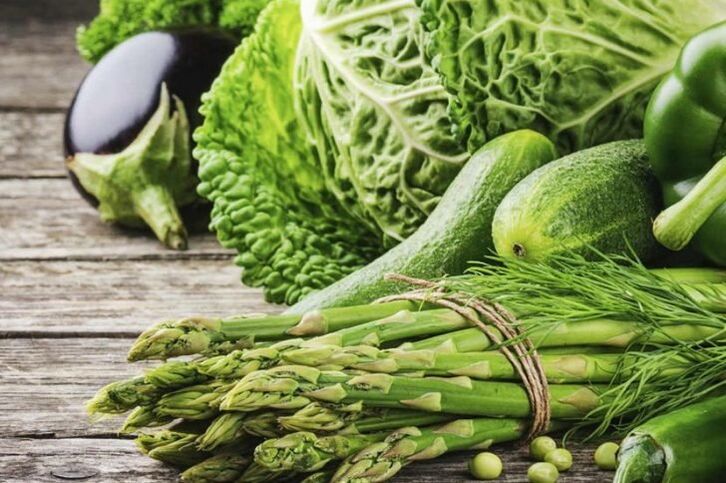
There is a classification of hypoallergenic products according to the degree of reaction of the organism. It is applicable for children and adults who suffer from allergic reactions.
List of foods for a hypoallergenic diet:
- products of the fermented milk group (kefir, fermented baked milk, cottage cheese);
- lean meats (poultry, beef);
- offal can be included in food (liver, tongue, kidneys);
- certain varieties of low-fat fishery products (cod, sea bass);
- barley, semolina, rice, rolled oats are used in cereal recipes;
- sunflower, olive, butter is allowed to be used;
- the list of vegetables in the diet consists of cucumbers, zucchini, kohlrabi, pumpkin, cabbage of various varieties); green salad, dill, parsley, spinach;
- from fruits and berries, green apples, pears, currants and white cherries, currants can be included in the diet;
- nuts are represented by a list of apples, pears, prunes;
- the menu includes apple and pear compotes, mild tea and still mineral water.
Foods that can cause mild to moderate allergies are used in the diet as part of a hypoallergenic diet.
The gradual elimination of food helps to eliminate allergies, if the result was not achieved by rejecting highly allergenic components in the menu:
- cereals (wheat, rye);
- buckwheat;
- corn flour;
- pork, lamb;
- vegetable Bulgarian pepper, legumes, potatoes;
- fruit peaches, apricots, currants, blueberries, lingonberries, watermelon, banana;
- infusions, decoctions of herbs.
The list of products that cannot be used with a hypoallergenic diet, which are immediately excluded when drawing up the menu:
- milk and whole milk products;
- cheese;
- eggs;
- fish, fish, shellfish caviar;
- smoked, salted and pickled products;
- citrus, fruit, red, orange;
- of nuts: dried apricots, dates, raisins, figs;
- spices
- of vegetables: tomatoes, red peppers, pumpkin, beets, eggplant, carrots, sorrel, celery;
- mushrooms;
- honey;
- walnuts;
- confectionery with chocolate, caramel;
- juices, jellies, carbonated drinks;
- coffee, cocoa;
- products containing food components of non-plant origin.
If the rejection of products belonging to one of the groups with moderate or high allergic reaction has not been successful, a doctor should be consulted to identify the characteristics of the human body.
Diet and menu of the week.

A list of foods that should not cause an allergic reaction helps create a week-long menu for a hypoallergenic diet. To simplify life during the period of the diet, a pre-compiled menu helps, which contains a list of dishes for each day.
In the sample menu for a week, the rules of a hypoallergenic technique apply, based on the use of products that are less likely to cause allergies.
The hypoallergenic diet consists of the dishes presented in the menu of the week:
First day
- For breakfast, it is useful for children and adults to serve oatmeal porridge with added fruits, allowed hypoallergenic rules, tea.
- At lunchtime, the menu includes soup with cabbage, boiled beef fillet, apple jelly.
- Oatmeal dinner cooked in rice, steamed cutlet, kefir 0-1%.
Second day
- The first meal is represented by a cheese sandwich, natural yogurt, tea.
- Lunch of lean soup, compote.
- For dinner, the menu offers boiled potatoes, beef stew, fruit.
Third day
- Breakfast of pasta, tea, fruit.
- For lunch, a vegetable and meat soup is served, compote.
- In the evening, you can eat boiled fish, fruit, drink tea.
Fourth day
- For breakfast, cornmeal porridge, fruit salad, tea.
- The lunch menu consists of borscht in broth cooked with vegetables, steamed cutlet and compote.
- For dinner, you can serve porridge with meat, vegetable stew, tea.
The fifth day
- Breakfast of millet porridge, tea.
- At lunchtime, the menu offers vegetable and beef soup, fruit, kefir.
- In the evening, porridge with meat, vegetables, jelly.
Sixth day
- For breakfast you can eat a sandwich with boiled meat, fruit, tea.
- At lunchtime meat soup, fruit, compote is served.
- Dinner on the menu includes porridge, chopped cabbage salad with herbs, kefir.
Seventh day
- The first meal on the menu for a child and an adult consists of a casserole with cottage cheese or fresh cottage cheese with sour cream depending on taste preferences, tea.
- For lunch, you can eat lean soup, steamed cutlet, compote.
- In the evening, the menu includes porridge, boiled meat, fruit, yogurt without additives.
To compose the menu a general diet is used according to a hypoallergenic method called "table 5".
Recipes
Hypoallergenic diet recipes
Baked apples recipe:
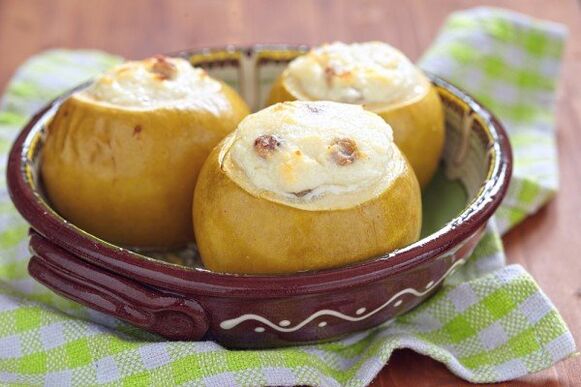
- green apple;
- 200 g of cottage cheese;
- sugar to taste.
Crush the apple pulp, removing the core beforehand. The shape of the apple must be preserved. Combine with the cottage cheese and sugar. Spoon apple curd mixture into apple left after pulp and core were cut. Bake in the oven at 180 degrees for 20 minutes.
For lunch, a recipe for a hypoallergenic soup that is good for health is suitable:
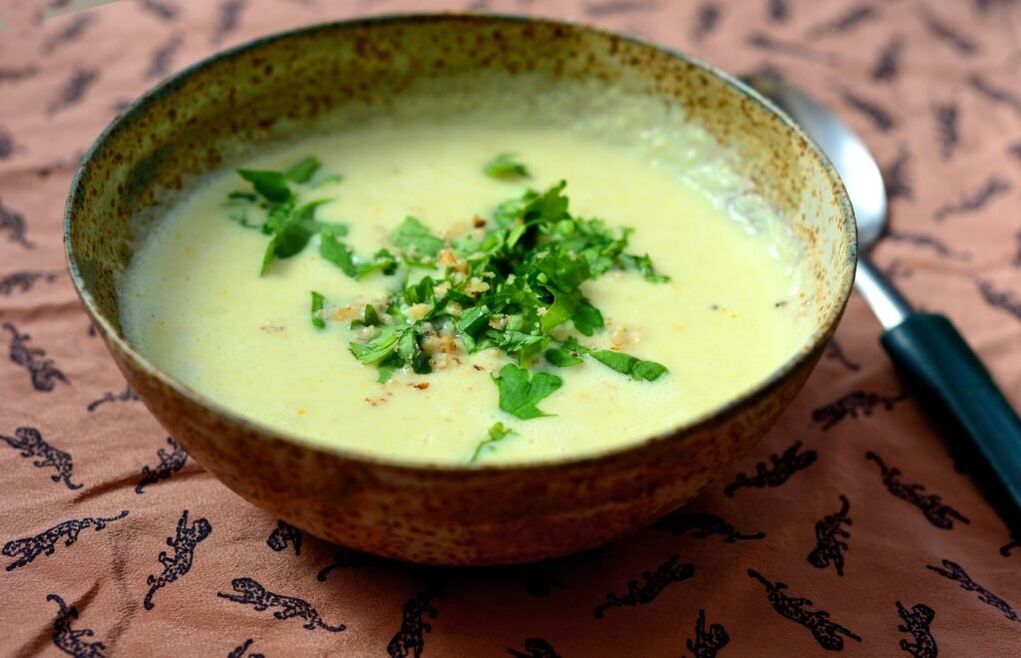
- cauliflower 0. 3 kg;
- hercules 50 g;
- water 1l;
- two quail eggs;
- 100 g diluted milk mixture;
- butter.
Boil the cauliflower, rub the vegetables until pureed. Cook the rolled oats in vegetable broth for 10 minutes. Pour in the cabbage puree, both eggs. The diluted mixture and butter are added after boiling.
As a main dish of the general menu non-specific hypoallergenic, it is useful to eat turkey meat with buckwheat. The recipe consists of products in proportion, according to personal preferences:
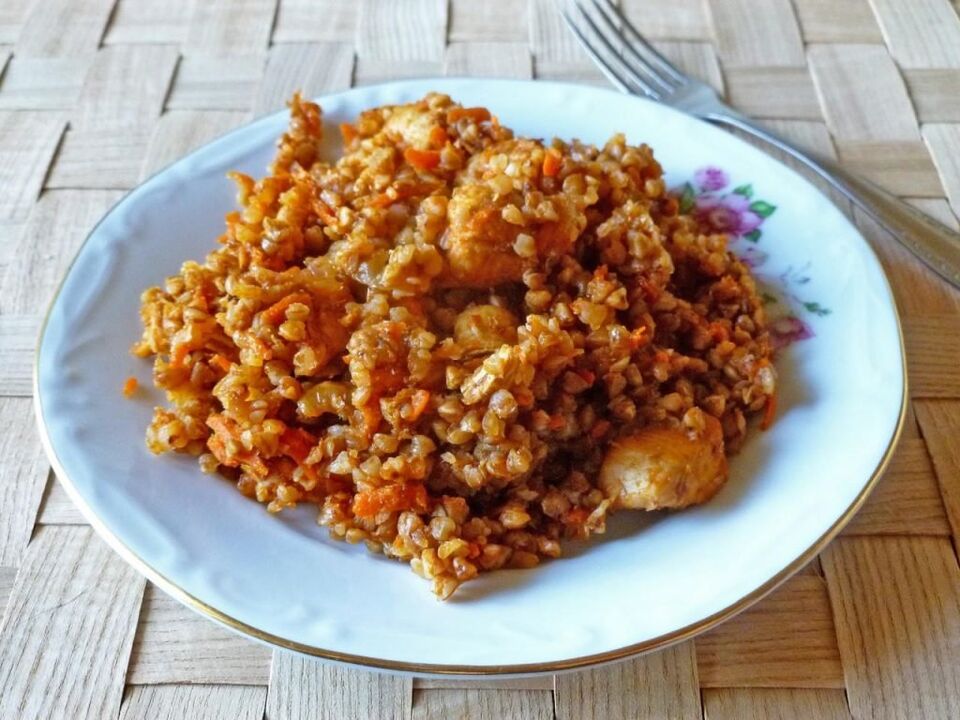
- turkey fillet;
- buckwheat;
- onion.
Leave the buckwheat in boiling water for an hour. Boil the turkey fillet, fry the prepared meat with onion. Combine the buckwheat with the meat mixture.
Vegetable Casserole Dinner:
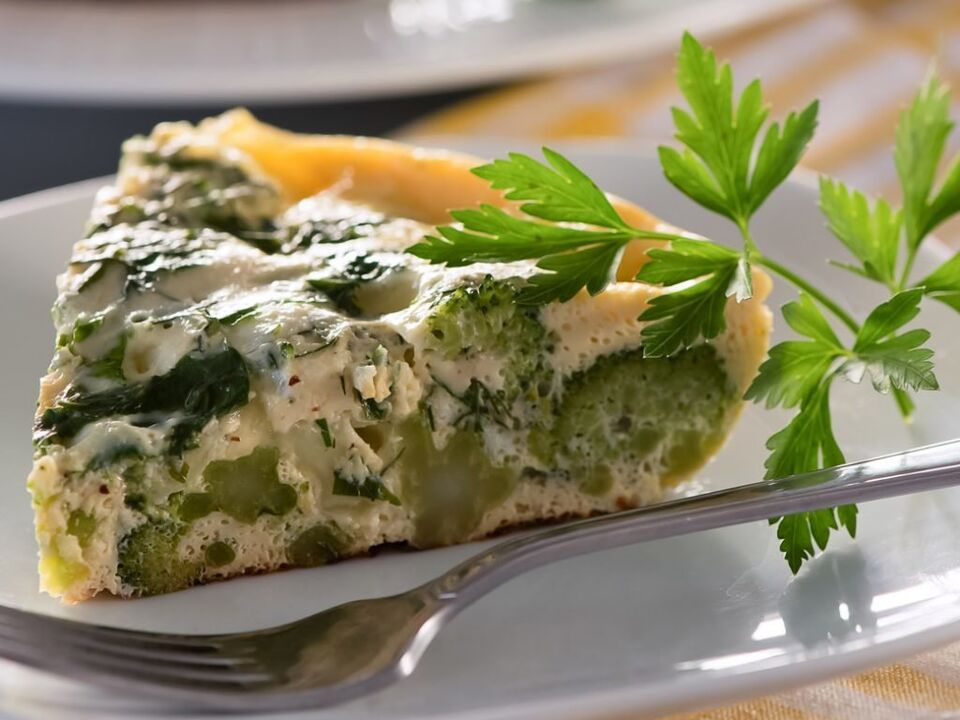
- 3-4 potatoes;
- broccoli 300 g;
- cheese.
The volumes of the recipe components can be changed based on taste preferences. Place thinly sliced potatoes in bottom of pan, next layer is broccoli, sprinkle with cheese. Bake in the oven at 180 degrees for 40 minutes.
For dessert, as part of a hypoallergenic diet, you can offer a recipe for a diet cake.

Ingredients that do not require baking are used for the cake:
- sponge cake cookies;
- cottage cheese;
- fruit puree (for example, applesauce);
- bananas
Place the cookies, cottage cheese, and fruit puree mixture in a blender and add the banana slices.
Characteristic of a hypoallergenic diet for children

Due to the peculiarities of the children's organism, the hypoallergenic technique has a number of nuances.
The Children's Diet takes into account restrictions on foods that are most likely to cause allergies:
- egg (mainly yolk);
- Milk cow);
- confectionery products based on chocolate, cocoa;
- fishery products;
- gluten;
- red fruits and vegetables;
- proteins found in rice, oats, wheat, bananas.
It is advisable to exclude from the menu products that are not natural for the area in which the child lives. The children's doctor affirms that avoiding exotic foods in the diet helps to solve the problem of allergies in children.
Dietary rules for a nursing mother.

A hypoallergenic diet for a nursing mother is the foundation of nutrition during breastfeeding. It is that in the first years of life a baby can develop an allergy to any food, so nutrition must be strict, with the gradual introduction of new foods in very small quantities.
The need to use a diet according to hypoallergenic rules can arise when:
- the presence of allergies to various components in the diet of a nursing mother;
- the appearance of an allergic reaction in children who are fed the breast milk of a nursing mother.
Nutrition for atopic dermatitis

The presence of symptoms of atopic dermatitis is the basis for compliance with hypoallergenic dietary norms.
Before starting a diet with atopic dermatitis, you should:
- perform a test to identify the origin of atopic dermatitis;
- completely exclude the component from the diet if it is a source of dermatitis;
- With a hypoallergenic diet, you need to divide the food into 5-6 servings per day.
For atopic dermatitis, the following list of products is allowed:
- dairy products;
- gluten-free cereals (buckwheat, rice, corn);
- apples of a green shade, preferably baked;
- dill, parsley;
- soaked boiled potatoes;
- black bread.
It is desirable to exclude:
- bud;
- honey;
- coffee, cocoa, chocolate;
- walnuts;
- mustard;
- mushrooms;
- Garlic;
- red and orange fruits, vegetables.
- fish and shellfish.
As the symptoms of dermatitis subside, a gradual introduction of one of the excluded hypoallergenic products occurs.































